In the heart of Cambodia, amid the vibrant chaos of markets and the calm rhythm of rice fields, one simple piece of cloth connects generations — the krama. More than just a scarf, this checkered cotton fabric embodies Khmer resilience, versatility, and cultural pride. Whether worn by farmers under the blazing sun, students heading to school, or travelers exploring Angkor’s ruins, the krama is everywhere — a symbol of unity in diversity.
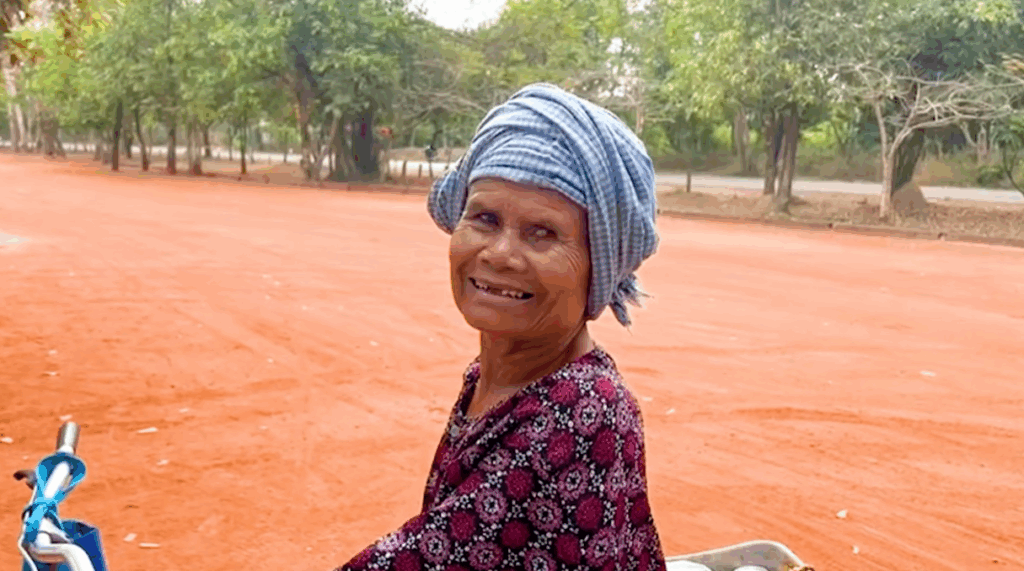
This article explores the fascinating journey of the Cambodian krama — from its ancient origins and deep cultural symbolism to its modern role in fashion and identity. You’ll learn what makes this scarf so unique, how it has evolved through history, and why it continues to represent the soul of Cambodia today.
1. What Is the Krama? Understanding Cambodia’s Traditional Scarf
The krama (pronounced kra-maa) is a traditional Khmer scarf made of cotton or silk, distinguished by its signature checkered pattern. It typically measures about 1.6 meters long and 0.6 meters wide, though sizes and styles vary by region.
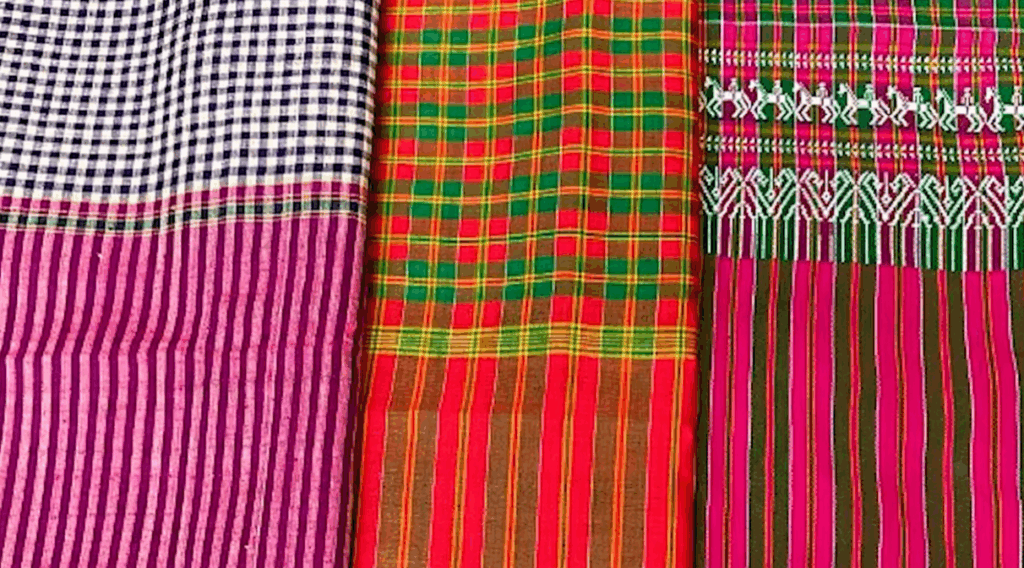
Key Characteristics:
- Material: Cotton (for daily use) or silk (for ceremonial wear)
- Colors: Most common combinations are red-and-white and blue-and-white
- Patterns: The signature checkered weave, symbolizing interconnection and community
The word krama itself means “scarf” or “band” in Khmer, but its meaning runs far deeper — it represents the interwoven spirit of Cambodia, where strength and softness coexist.
2. The Origins and History of the Krama
Ancient Roots
Historians trace the origins of the krama back over a thousand years, to the Angkorian Empire. Stone carvings from Bayon Temple depict figures wearing scarf-like garments resembling the krama, suggesting that it has been part of Khmer attire since the 12th century.
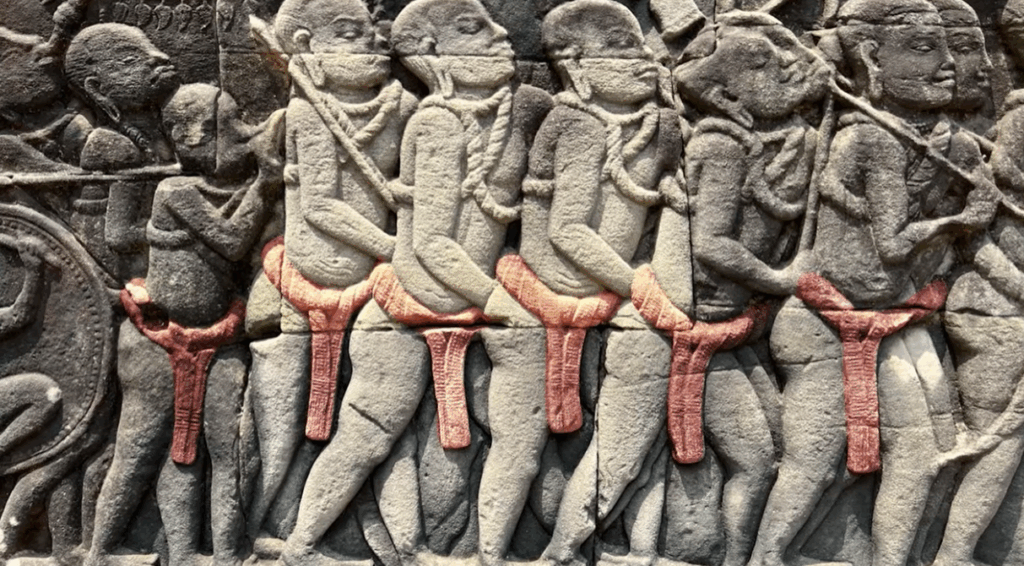
Cultural Adaptation and Survival
Over time, the krama became deeply woven into the Khmer way of life. During periods of war and colonization, it served not only as clothing but also as a symbol of resilience. It could be a head covering, a sling for carrying children, or even a makeshift bandage during hardship — a testament to Khmer adaptability.
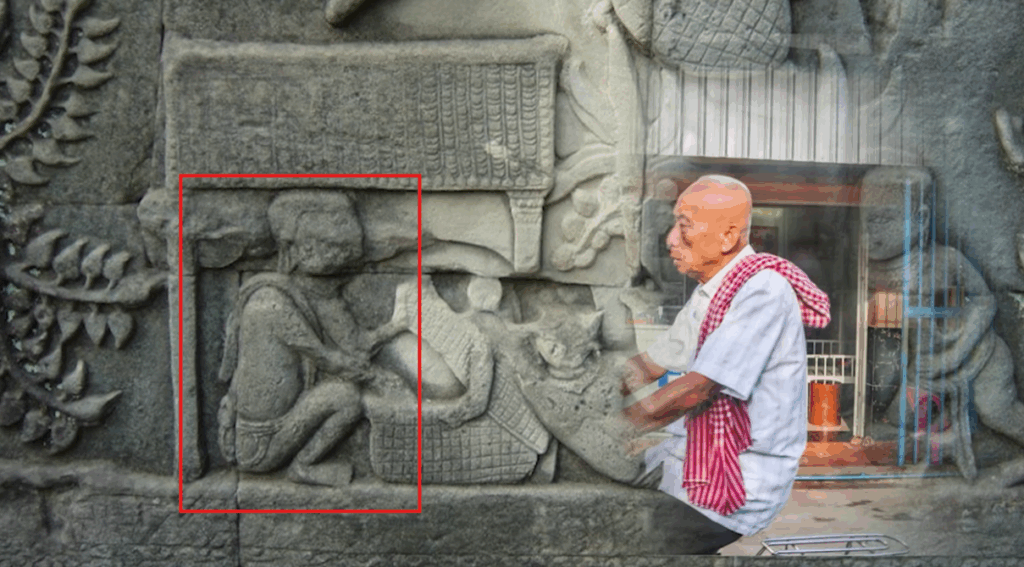
The Krama in Modern History
During the Khmer Rouge era (1975–1979), the red-and-white krama took on new meaning. It was worn widely, symbolizing both identity and survival in a time of immense suffering. Today, while its association with that dark period is acknowledged, the krama has been reclaimed as a proud emblem of Khmer culture.
3. The Symbolism of the Krama: More Than a Scarf
The krama’s checkered design is not random — it’s filled with meaning.
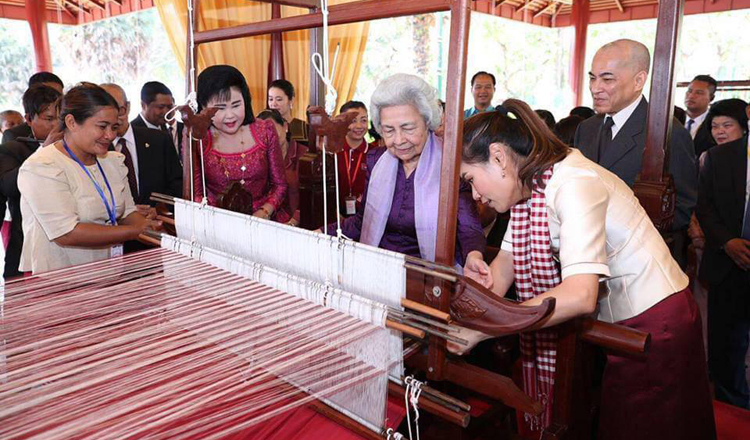
Symbolic Elements:
- The Interwoven Threads – Represent unity and cooperation among Cambodians.
- The Colors –
- Red: Courage, vitality, and sacrifice.
- Blue: Peace, loyalty, and stability.
- White: Purity and spirituality.
- The Pattern – The balanced geometry symbolizes harmony and order, key values in Khmer culture.
Wearing the krama is an act of belonging — a subtle but powerful connection to Khmer identity, passed down through generations.
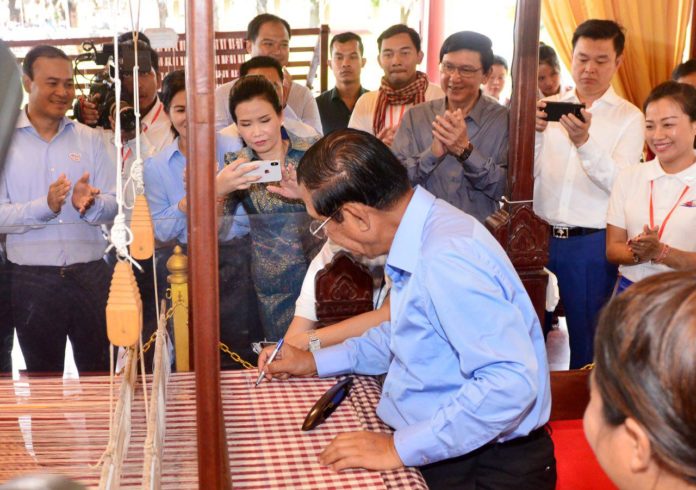
4. Everyday Uses of the Krama in Cambodian Life
Perhaps the most remarkable thing about the krama is its versatility. It’s not just a decorative item — it’s a tool for daily living.
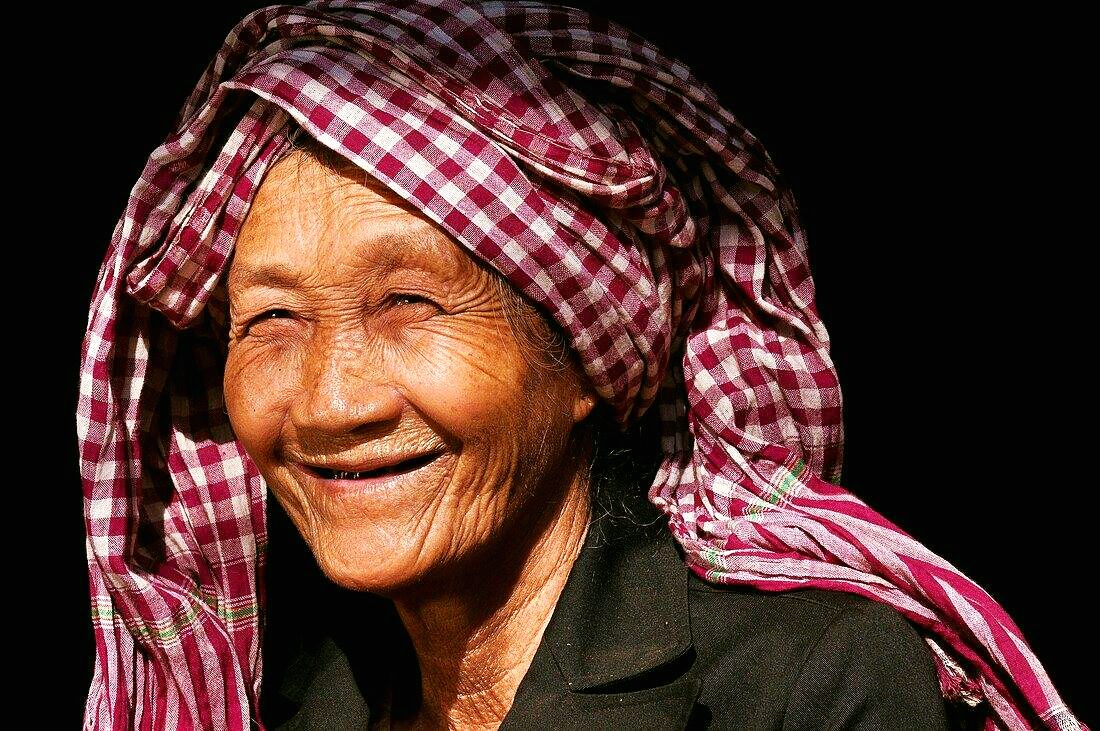
Traditional and Modern Uses:
- Head Covering – Protection from the sun or dust while working in the fields.
- Towel or Face Cloth – Used after bathing or washing hands.
- Sling or Baby Carrier – A safe, natural way to hold infants close.
- Belt or Waistband – Tied around the waist to secure traditional clothing.
- Hammock or Pillow – A quick resting tool for farmers in the countryside.
- Decoration or Gift – Offered to guests as a sign of respect and hospitality.
This adaptability reflects Khmer ingenuity — making the most of simple resources to meet many needs.
5. The Krama in Cambodian Fashion and Modern Culture
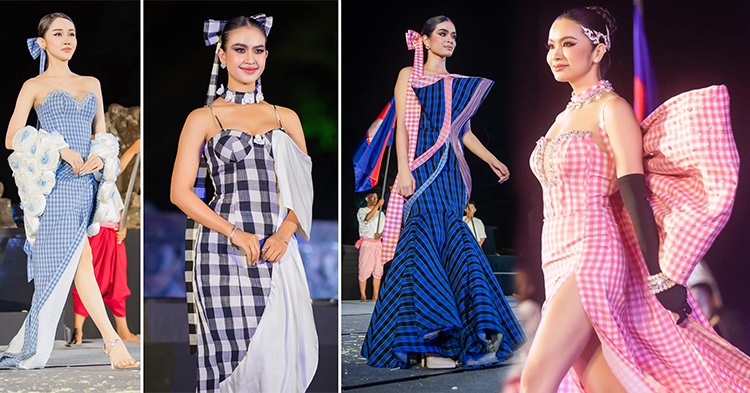
From Tradition to Trend
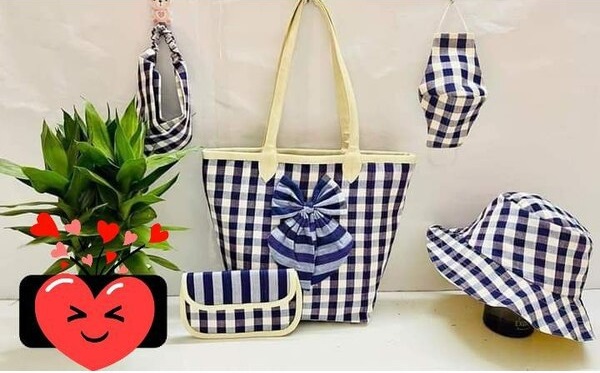
Once considered a rural garment, the krama has become a symbol of pride in both urban and global fashion circles. Modern Cambodian designers have reinvented it into scarves, bags, dresses, and accessories, blending tradition with contemporary flair.
The Rise of Krama-Inspired Fashion Brands
Brands like Krama Heritage and Smateria have transformed the krama into an ethical fashion statement. These initiatives not only promote Cambodian craftsmanship but also support sustainable livelihoods for local weavers.
Global Recognition
The krama is now sold in international boutiques and online platforms, often marketed as a “fair-trade fashion piece”. Tourists visiting Cambodia frequently bring home a krama as a cultural souvenir — spreading Khmer heritage around the world.

6. The Craftsmanship Behind the Krama: A Weaving Tradition
The creation of a krama is a delicate process requiring patience, precision, and passion.
The Weaving Process:
- Spinning: Cotton threads are spun by hand or machine.
- Dyeing: Natural dyes are traditionally used to achieve signature red, blue, or white tones.
- Weaving: Artisans interlace threads using wooden looms, producing intricate checkered patterns.
- Finishing: Each scarf is hand-trimmed and inspected for quality.
The Artisans
Most krama weavers are women in rural provinces such as Takeo, Kampong Cham, and Siem Reap. Through their hands, centuries of Khmer artistry are preserved. Organizations like Artisans Angkor and Cambodian Weaving Village are helping to sustain these traditional crafts in modern times.
7. Krama as a Symbol of National Identity and Pride
For many Cambodians, the krama is more than clothing — it’s a living emblem of Khmer spirit. It represents:
- Unity among Cambodians, regardless of social or regional differences.
- Resilience through hardship, from ancient battles to modern challenges.
- Continuity of culture, linking the past with the future.
You’ll often see the krama proudly displayed at national festivals, cultural performances, and even in political events — a reminder that identity can be woven, not just inherited.
8. The Krama in Ceremonies and Daily Rituals
Religious and Cultural Ceremonies
In Buddhist temples, monks use the krama as a symbol of humility and simplicity. It’s also part of wedding rituals, blessings, and traditional dances — where it signifies protection and good fortune.
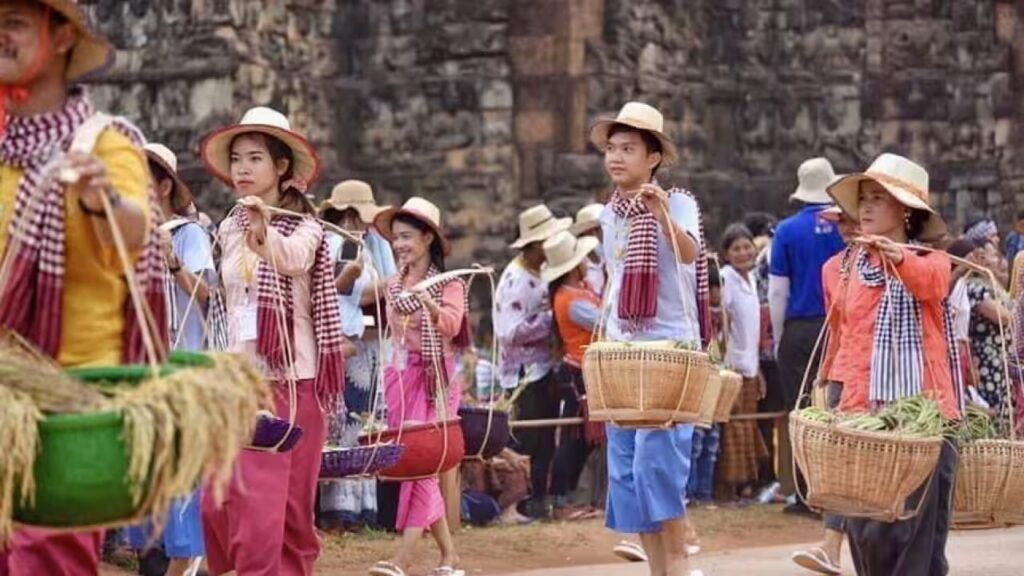
Gift-Giving and Symbolism
In rural Cambodia, offering a krama is a gesture of respect and friendship. During the Khmer New Year, families often exchange krama scarves as blessings for prosperity and health.
9. Preserving and Promoting the Krama in the Modern Age
While globalization has brought change, many fear that traditional weaving techniques are fading. To preserve the krama’s legacy:
- NGOs and cooperatives are training young artisans in traditional weaving.
- Cultural festivals celebrate krama-making as part of Cambodia’s intangible heritage.
- The government and cultural organizations are working to seek UNESCO recognition for the krama as an element of intangible cultural heritage.
The continued appreciation and adaptation of the krama in modern Cambodia ensures it remains both timeless and relevant.
10. Krama Beyond Borders: Cambodia’s Cultural Ambassador
The krama has transcended Cambodia’s borders, finding admirers worldwide. It has become a cultural ambassador — representing Khmer craftsmanship, sustainability, and identity.
From street vendors in Phnom Penh to runways in Paris, the krama tells a story of a nation that has turned simplicity into elegance, hardship into resilience, and cloth into culture.
Conclusion: A Thread That Binds the Khmer Soul
The krama is far more than fabric — it’s a story woven through time. It speaks of Khmer perseverance, creativity, and unity. From ancient temples to bustling cities, from tradition to modern fashion, the krama continues to embody the spirit of Cambodia.
Whether worn around the neck, tied around the waist, or proudly waved at festivals, the krama remains a living symbol of Khmer identity — one that will continue to inspire generations to come.
If you visit Cambodia, don’t leave without a krama. Buy it directly from local weavers or ethical brands to support Cambodian artisans. Each scarf you wear carries a story — one of culture, courage, and community.
